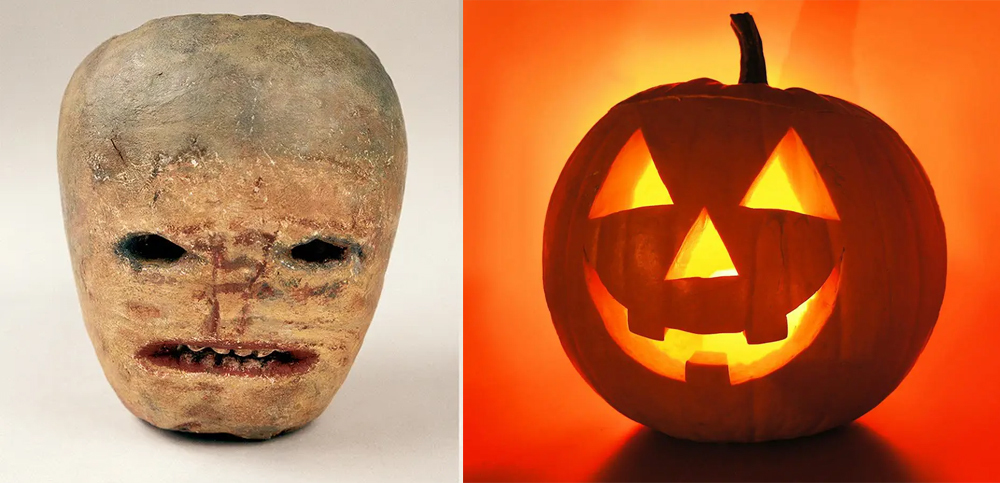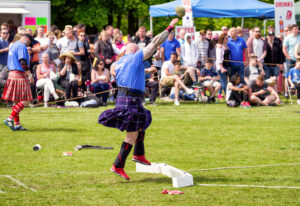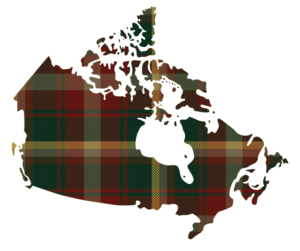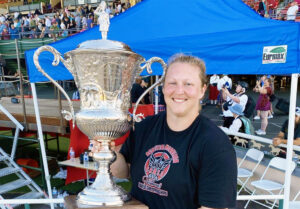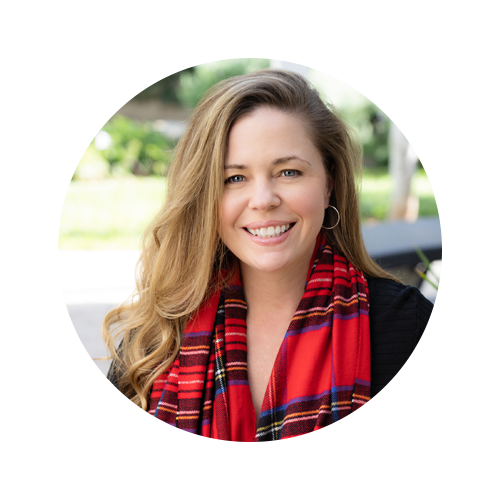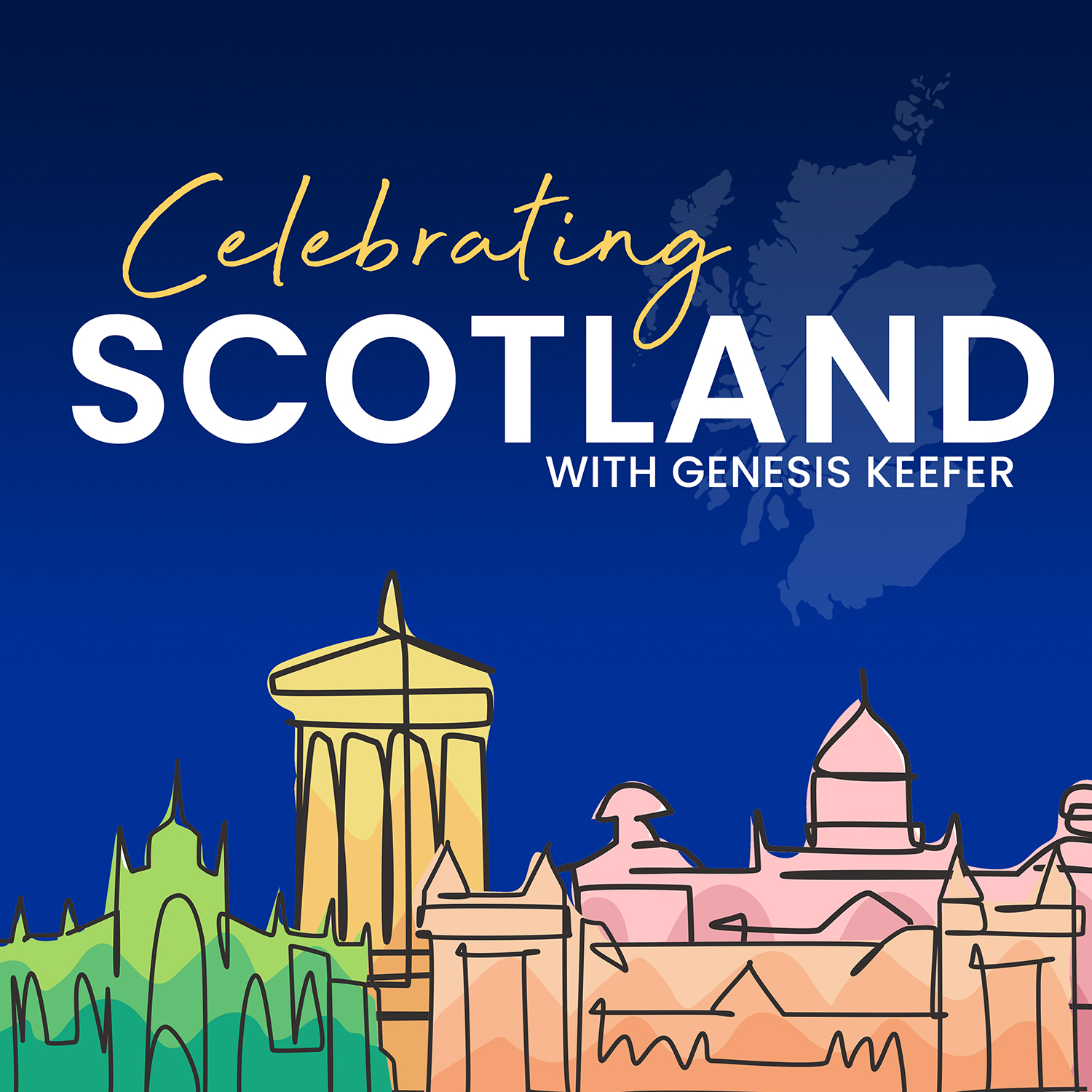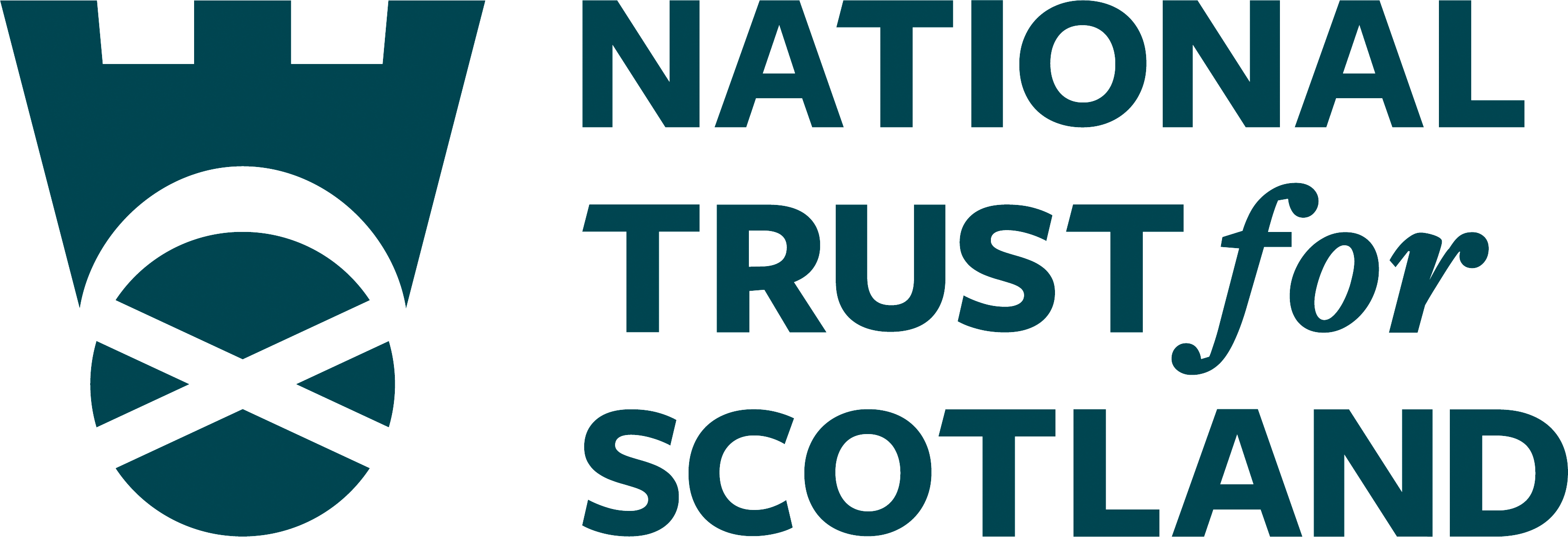The Halloween celebrations we see today are vastly different from the original Samhain/Samhuinn traditions and practices of the past. This is for many reasons including the Christian restructuring of the holiday by Pope Boniface in the 5th century and then again by Pope Gregory in the 9th century. However, if you’ve ever wondered how our ancestors spent the holiday, read some of these fun facts below to see the ancient practices that have been lost or adapted throughout history.
It used to be common practice to carve turnips (neeps), not pumpkins.
The jack-o’-lantern is associated with the Irish folktale of Stingy Jack, a clever drunk and con man who fooled the devil into banning him from hell but, because of his sinful life, could not enter heaven. After his death, he roamed the world carrying a small lantern made of a turnip with a red-hot ember from hell inside to light his way. During Samhain, people would carve out turnips to create their lanterns to scare away evil spirits. By the 1800s, Scottish and Irish communities immigrated to the United States and brought their Halloween traditions with them but around this time they adapted the practice of using turnips to pumpkins which are easier to carve.
Bats were a Halloween symbol long before vampires
When we think of Bats and Halloween today we inevitably think about the folklore of Vampires and the ability of these creatures to turn into Bats. However, Bats’ association with Halloween is also due to the large bonfires that were lit during Samhain, these massive flames would attract bugs, and Bats – being insectivores – would flock to the area to take advantage of this and devour the insects. This would occur every year, so Bats became associated with the celebration.
Kale/Cabbage stalks were used to predict the future
Men and women in Ireland and Scotland used to play a Samhain game called “Pull the Stalk”: they’d be blindfolded, led into a kale patch, and would dig up a leafy head and stalk at random. Whatever stalk they ended up with would predict what their future husbands or wives would be like, almost one-for-one–the shape and size corresponded to the betrothed-to-be’s, the flavor of the kale heart would say whether the mate would be bitter or sweet, and how much dirt stuck to the root told you how much money was in your future (the more dirt, the better).
Halloween existed to ward off evil spirits
Today Halloween is largely about enjoying the opportunity to dress up, throw a party with friends, or let your kids venture out for treats. However, our ancestors took the festival very seriously as it represented the veil between their world and the world of evil spirits, demons, or witches thinning which threatened them and their land. Halloween was recognized as an important time to ward off such paranormal entities before they could inflict damage.
Costumes were far, far creepier than what we see today
Every year we see superheroes like Wonder Woman or recurring themes like Pirates grace the costume culture of Halloween, but how about wearing the heads and skins of animals instead? Celts practiced this as it was essential to disguise themselves as harmful spirits to avoid harm – in other words the more terrifying you looked the better off you were.
Apples were used in ancient fortune-telling methods
Bobbing for apples is a fun game for kids on Halloween nowadays. In the past, however, apples were considered important in mysticism and fortune-telling, especially in the realms of romance and love. One such example is that some young women would peel an apple in one paring then throw it over their shoulders on Samhain Eve believing the peeling would then take shape in the first initial of the man they were destined to marry.
Scottish Children went “guising” not “trick-or-treating.”
Scottish children traditionally donned costumes and pretended to be malicious spirits as they went ‘guising’ around the local streets. It was believed that, by disguising themselves, they would blend in with any wandering spirits and remain safe from harm. After performing tricks or songs, guisers were given gifts to help ward off evil – a far cry from some of today’s trick-or-treaters, who get ‘treats’ for simply showing up in costume.
Looking for more fun facts and a broader overview of the history of Halloween and Samhain?


